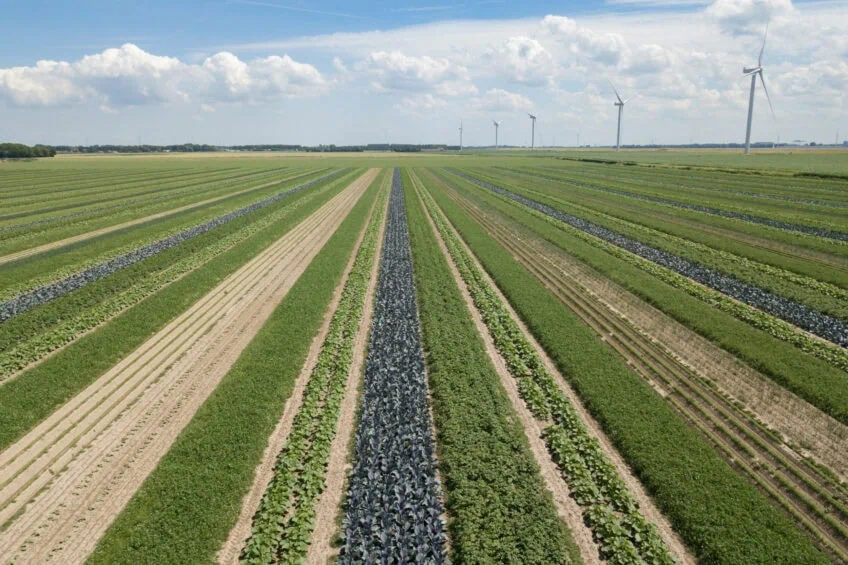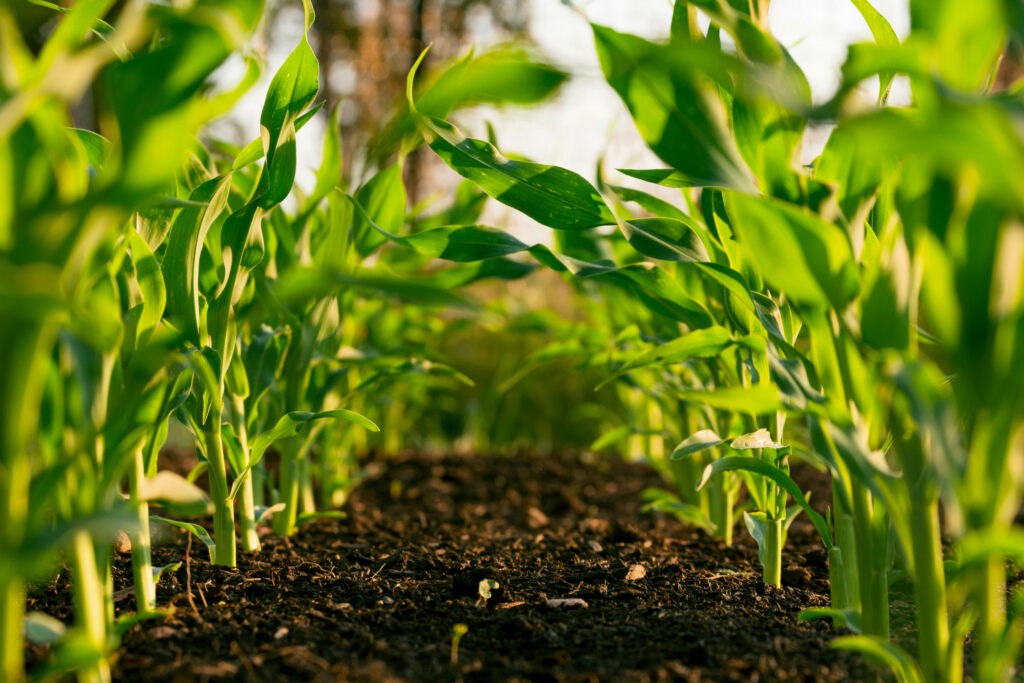Study: Autonomous strip cropping outperforms traditional methods

Researchers have discovered that autonomous machines in strip cropping not only surpass traditional human-driven farms in profitability but also boost biodiversity and ecosystem services. A recent study published in the Agronomy Journal reveals that these advanced systems offer significantly higher returns.
According to the study ‘Economics of strip cropping with autonomous machines’, published in the Agronomy Journal, the annual return on operator labour, management, and risk-taking (ROLMRT) was US $568 per hectare and US $163 per hectare higher for the autonomous corn and soybean strip crop farm compared to the whole field sole crop and the conventional strip crop farms, respectively, that were operated by human drivers.
The researchers from the U.S. and the UK emphasise that autonomous machines have the potential to maintain food production and agroecological farming resilience. However, autonomous complex mixed cropping is proving to be an engineering challenge because of differences in plant height and growth pattern. Strip cropping is technically the simplest mixed cropping system, but widespread use is constrained by higher labour requirements in conventional mechanised farms.
Previous studies in the Midwest U.S. indicated that the higher labour needs and fixed costs of conventional strip cropping reduced its economic advantages. Yet, many researchers believe that new planting equipment, precision management, and autonomous small swarm robotic field operations could make strip cropping more economically viable. Unfortunately, most research has focused on the economics of whole field sole cropping rather than strip cropping.
Text continues below picture

Gross margin
In this recent study, the researchers modelled scenarios for the Corn Belt of Central Indiana using data from the Hands Free Hectare-Linear Programming optimisation model. They found that, at 2022 grain prices and input costs, the gross margin for autonomous strip cropping was US $266 per hectare higher than for whole field sole cropping.
Conventional strip cropping with human equipment operators shows a slightly lower gross margin (US $75 per hectare) than the autonomous scenario mainly because of the additional hired labour. The higher gross margin for strip cropping occurs because the value of additional corn from the edge effects in the strips more than offsets the reductions in soybean yields at 2022 prices.
The ROLMRT was also higher for autonomous strip cropping, at US $568 per hectare compared to whole field sole cropping. The key reasons for this difference include higher grain production value from strip cropping, lower machinery costs with crop robots, and slightly reduced hired labour. In contrast, the ROLMRT for conventional strip cropping was lower due to its higher labour and machine costs.
The conventional strip cropping practice was found challenging as this cropping system required four times more temporary hired labour than autonomous strip cropping and three times more than whole field sole cropping.
Text continues below picture

More profitable
These results suggest a promising opportunity for on-farm research to optimise strip cropping with autonomous machines, potentially making the practice commercially viable. The findings support the earlier idea that corn and soybean strip cropping could be profitable with autonomous technology.
Sensitivity tests indicated that autonomous strip cropping was more profitable than traditional whole field sole cropping, even with 100% human supervision. This profitable approach could enhance in-field biodiversity and ecosystem services while meeting the demand for healthier food and promoting environmental sustainability.
The economic advantages of autonomous machines over both whole field sole cropping and conventional strip cropping suggest a strong potential for wider adoption of autonomous mixed farming practices.
Text continues below picture




